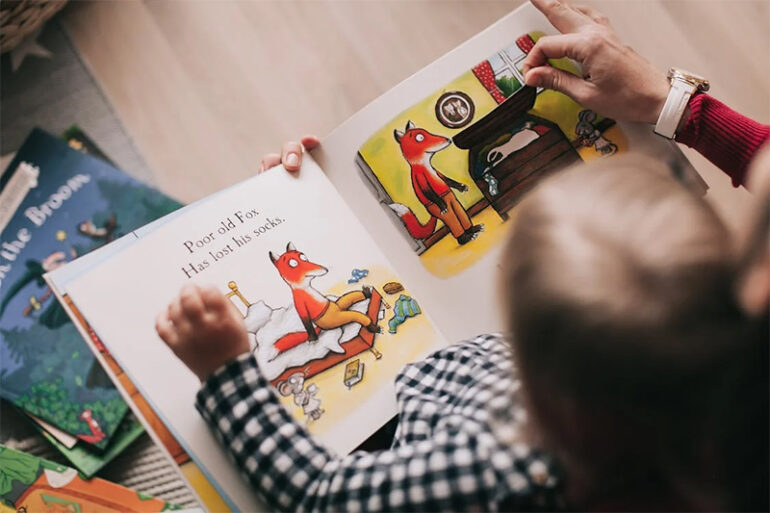Long acting as a critical link between text and reader, illustration has enhanced tales and changed their interpretation. Illustration’s importance keeps changing as creative expressions change with societal changes and technology development provides fresh angles for narrative. Illustrations not only enthrall the audience but also increase their emotional involvement with the story from the whimsical appeal of early children’s books to the complex imagery of current graphic novels. This dynamic interaction of art and text promotes investigation into the changing trip of illustration and its future possibilities within the publishing scene.
The Evolution of Illustration in Children’s Books
Over the years, illustration has evolved dramatically to mirror developments in creative styles, technology, and society. Often having a merely practical purpose, early children’s books included basic hand-drawn illustrations that matched the text. The intricacy and vividness of pictures evolved along with printing methods, enabling artists to play around with color and composition. New materials and techniques, like lithography and subsequently digital tools, opened more avenues for narrative and let artists construct immersive worlds that captivate young readers. Children’s literature’s visual attractiveness was improved as well as the narrative experience was broadened by this development, which encouraged youngsters to use art to investigate subjects and feelings.
Techniques and Styles in Illustrating Graphic Novels
The field of graphic book illustration is distinguished by a wide spectrum of methods and styles, which enable artists to properly communicate complicated stories and emotions. From conventional hand-drawn techniques to digital painting, every style provides distinctive textures and visual dynamism. To create atmosphere and depth, artists often use different line weights, shading methods, and color palletess, therefore improving the narrative experience. Mixed media may also include surprising components, therefore enhancing the visual story. The genre may also be reflected in the style; playful pictures fit fantasy stories, while stark, minimalist designs could accentuate more somber themes, hence highlighting the range of graphic book art.
The Impact of Illustration on Storytelling
The story is shaped much in part by illustration, which functions as a visual language that accentuates and balances the written word. Artists can arouse emotions, establish the tone, and provide context that words alone could find difficult by means of images. Text and images interact to provide a better knowledge of people and places, therefore motivating readers to interact more closely with the narrative. Emphasizing important events or transitions, illustrations may also aid to control pace, therefore preserving the reader’s attention and engagement. Effective graphics provide a more immersive experience by closing the distance between imagination and reality, therefore enabling the tale to connect on many levels.
The Future of Illustration in Publishing
As technology progresses, publishing illustrations may change. Augmented reality and interactive storytelling enable readers to engage with images, resulting in more engaging encounters. Self-publishing platforms have democratized the industry, allowing a wide range of voices and styles to emerge, enhancing the market with new ideas. As viewers search for unique and individualized information, illustrators may experiment with new shapes and cross-disciplinary interactions. Changes in narrative guarantee that artwork remains vital in literature.
Illustration in children’s books and graphic novels demonstrates a dynamic link between art and narrative, affecting how tales are presented. New technology and new ideas enable creative storytelling, giving viewers and artists the freedom to explore. This expansion enhances the literary scene and strengthens the bond between readers and the visual parts of their favorite books, ensuring that illustration remains an important and transformational tool for future generations.
Photo Attribution:
1st & featured image by https://www.pexels.com/photo/person-reading-a-book-1741230/
2nd image by https://www.pexels.com/photo/crop-african-american-student-studying-craters-of-moon-on-tablet-at-observatory-3825569/

